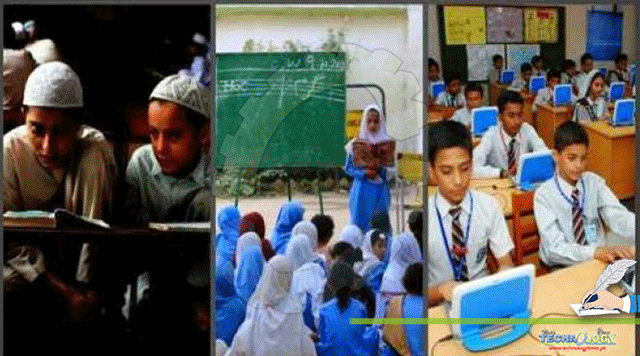In the current technological era the way of learning changes day by day to acquire skills to face the challenges of 21st century. It is quite essential to update the curriculum of our educational system from primary to higher level.

By Dr.Muhammad ilyas
It is the integral responsibility of all stakeholders to reflect such changes in our national curriculum. Project based learning is one of the emerging themes of Outcomes Based Education (OBE) being enforced by the Pakistan Engineering council in the last few years. The real essence of OBE shall be realised by mutual efforts of all stakeholders.
Project Based Learning (PBL) is a teaching method in which students learn by actively engaging in real-world and personally meaningful projects. PBL is an instructional approach designed to give students the opportunity to develop knowledge and skills through engaging projects set around challenges and problems they may face in the real world.
Thomas Markham (2011) defined the project-based learning (PBL) as: “PBL integrates knowing and doing”. Students learn knowledge and elements of the core curriculum, but also apply what they know to solve authentic problems and produce results that matter.
The core idea of project-based learning is that real-world problems capture students’ interest and invoke serious thinking as the students acquire and apply new knowledge in a problem-solving context. The teacher plays the role of facilitator, working with students to frame worthwhile questions, structuring meaningful tasks, coaching both knowledge development and social skills, and carefully assessing what students have learned from the experience.
In PBL the teacher has the following roles,
Design & Plan
Teachers create or adapt a project for their context and students, and plan its implementation from launch to culmination while allowing for some degree of student voice and choice.
Align to Standards
Teachers use standards to plan the project and make sure it addresses key knowledge and understanding from subject areas to be included.
Build the Culture
Teachers explicitly and implicitly promote student independence and growth, open-ended inquiry, team spirit, and attention to quality.
Manage Activities
Teachers work with students to organize tasks and schedules, set checkpoints and deadlines, find and use resources, create products and make them public.
Scaffold Student Learning
Teachers employ a variety of lessons, tools, and instructional strategies to support all students in reaching project goals.
Assess Student Learning
Teachers use formative and summative assessments of knowledge, understanding, and success skills, and include self and peer assessment of team and individual work.
Engage & Coach
Teachers engage in learning and creating alongside students, and identify when they need skill-building, redirection, encouragement, and celebration.
Through implementation of PBL students learn how to work better in groups—providing their own input, listening to others, and resolving conflicts when they arise—they build positive relationships with teachers. Students also form relationships with community members when working on projects, gaining insight for careers and beyond. Through exercising PBL the following outcomes can be achieved.
- Problem Solving: Students learn how to solve problems that are important to them, including real community issues, more effectively—even learning from failure and possibly starting over.
- Creativity: Students apply creative thinking skills to innovate new product designs and possibilities for projects.
- In-Depth Understanding: Students build on their research skills and deepen their learning of applied content beyond facts or memorization.
- Self-Confidence: Students find their voice and learn to take pride in their work, boosting their agency and purpose.
- Critical Thinking: Students learn to look at problems with a critical thinking lens, asking questions and coming up with possible solutions for their project.
- Perseverance: In working on a project, students learn to manage obstacles more effectively, often learning from failure and possibly starting over from scratch.
- Project Management: Students learn how to manage projects and assignments more efficiently.
- Curiosity: Students get to explore their curiosities, ask questions and form a new love for learning.
- Empowerment: Students take ownership over their projects, reflecting on and celebrating their progress and accomplishments.